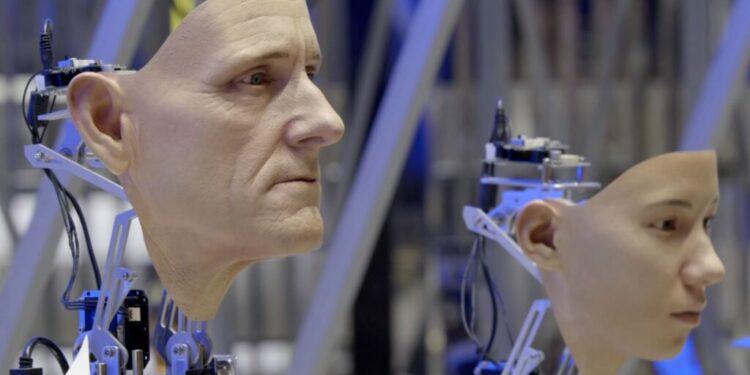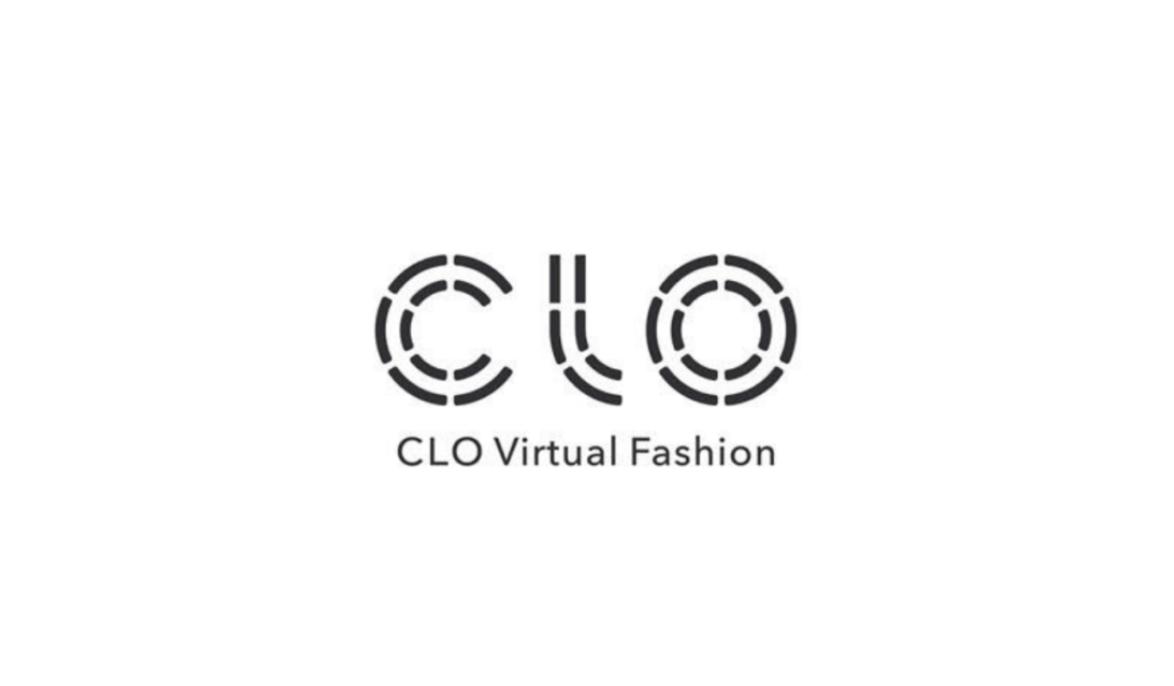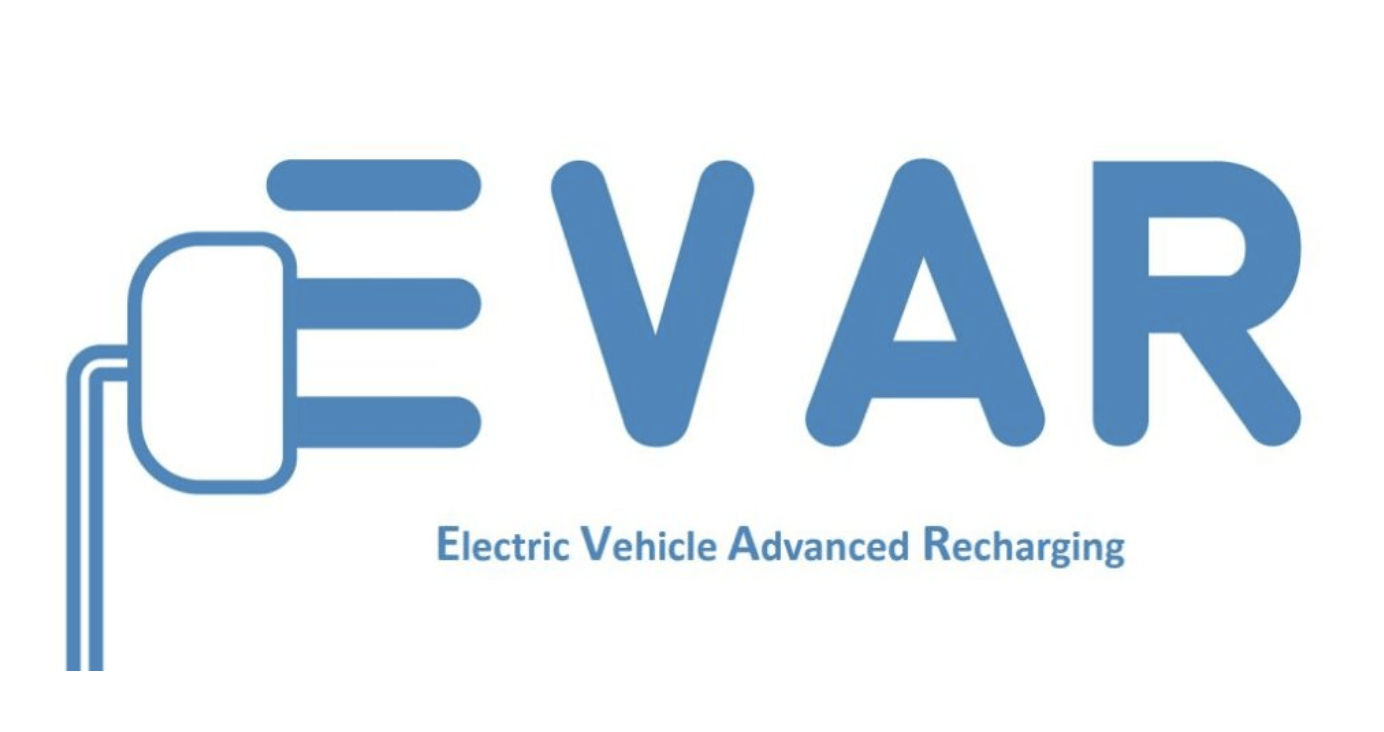If you visit Starfield in Hanam, Gyeonggi-do, you can see a humanoid robot closely resembling a human face. The company that exhibited the robot is the eyewear brand ‘Gentle Monster,’ which is gaining popularity, especially among the MZ generation. Visitors who first see this robot often express admiration for the detailed features that seem to reproduce a human face as if it were transferred as it is.
The face and other parts of the human-like humanoid are created using a 3D printer. The company that carried out the 3D Printing for Gentle Monster is the 3D printing manufacturer ‘GLUCK.’ GLUCK’s YouTube video showcasing the process of creating Gentle Monster’s humanoid face through 3D Printing has surpassed 50 million views just a year after its release. The 3D printing process, showing the liquid resin implementing the skin texture naturally, earned many comments of astonishment and appreciation, including like ‘scary’ and ‘creepy’ from both domestically and internationally viewers.
Since January 2023, GLUCK has also been active as a 3D printing partner of CAPA. With a vision of leading innovation in the manufacturing industry through 3D Printing, GLUCK joined with CAPA, which dreams of ‘innovating the manufacturing ecosystem.’ CAPA met with Hong Jae-ok, the CEO of GLUCK, at GLUCK’s headquarters in Seogyo-dong, Mapo-gu, Seoul, to conduct an interview.
A young man majoring in stage art falls in love with 3D printers
Hong Jae-ok, CEO of GLUCK said, “I never imagined starting a business with 3D printing.” While majoring in stage art in college and carving wood as a hobby, a friend introduced him to a 3D printer one day and was shocked. The process that took several days to carve a piece of wood could be done easily and quickly with a 3D printer.
That day became a turning point in CEO Hong Jae-ok’s life. He decided to delve into 3D printing and understand it better; he took a job as a production worker at a 3D printer manufacturing company. Once he felt that he had a good understanding of 3D Printing, in 2013, he and his friends set up a workshop. This was the beginning of GLUCK. At that time, very few companies provided 3D printing services as outsourcing, so GLUCK quickly gained recognition. There were even customers who came from Jeju Island to place orders.
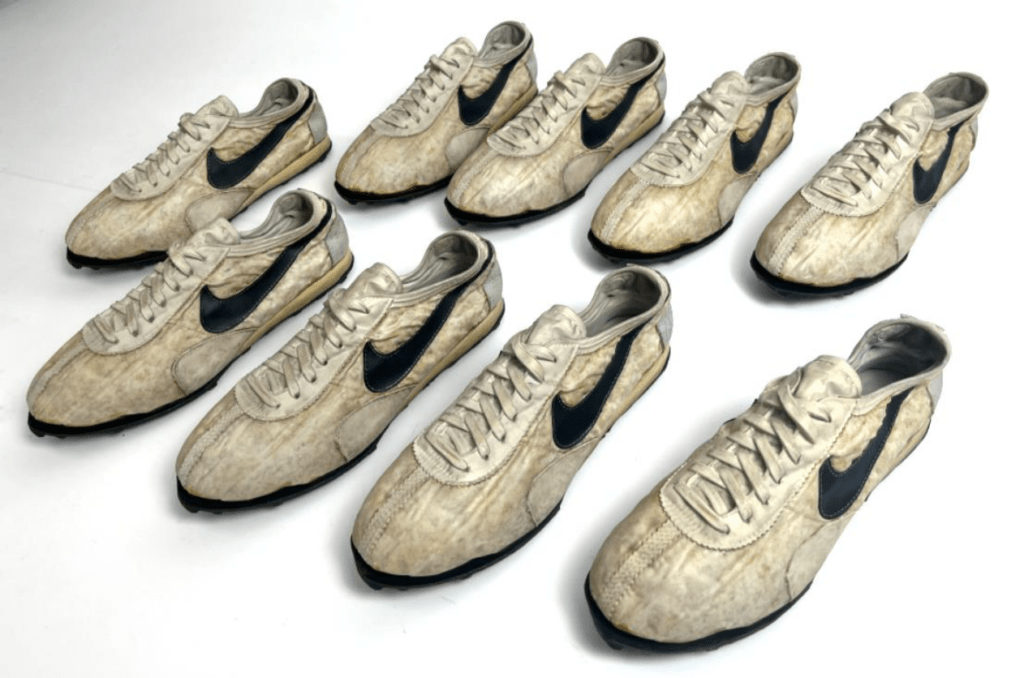
Building collaborations with Nike Hyundai, emphasizing differentiated quality
GLUCK’s portfolio has been filled with customers from various fields. GLUCK’s projects numbered over 3,500 in just one year in 2022, from automobiles to medical services to fashion.
Global giants such as Nike and Hyundai Motor also chose GLUCK. How was GLUCK able to attract such major companies? CEO Hong Jae-ok proudly states, “GLUCK’s ‘eyes’ that assess product quality are different.” The fact that many employees with fine arts backgrounds work at GLUCK is also a competitive advantage. The majority of GLUCK’s workforce consists of those who majored in fine arts, which has set a high standard for quality in post-processing, colouring, and finishing.
The experience of working on commissions from famous artists, meeting their standards, and continuously raising the results’ quality has been an opportunity for GLUCK to upgrade its quality one step further. With the ability to meet the high standards of demanding artists, GLUCK was able to secure significant projects in the art field and other industries. A notable example is the production of display models for Nike’s sneakers and the manufacturing of jig parts for Hyundai Motor.
Furthermore, GLUCK received top scores in reliability and precision tests for 3D-printed tires commissioned by Korea Tire and continues to maintain ongoing collaborations.
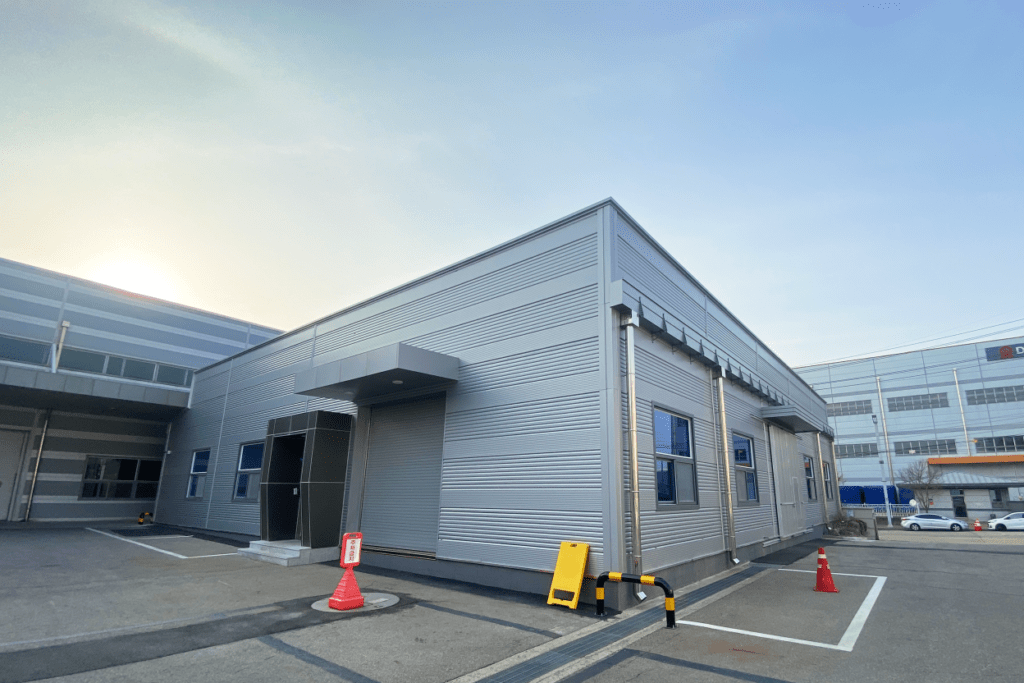
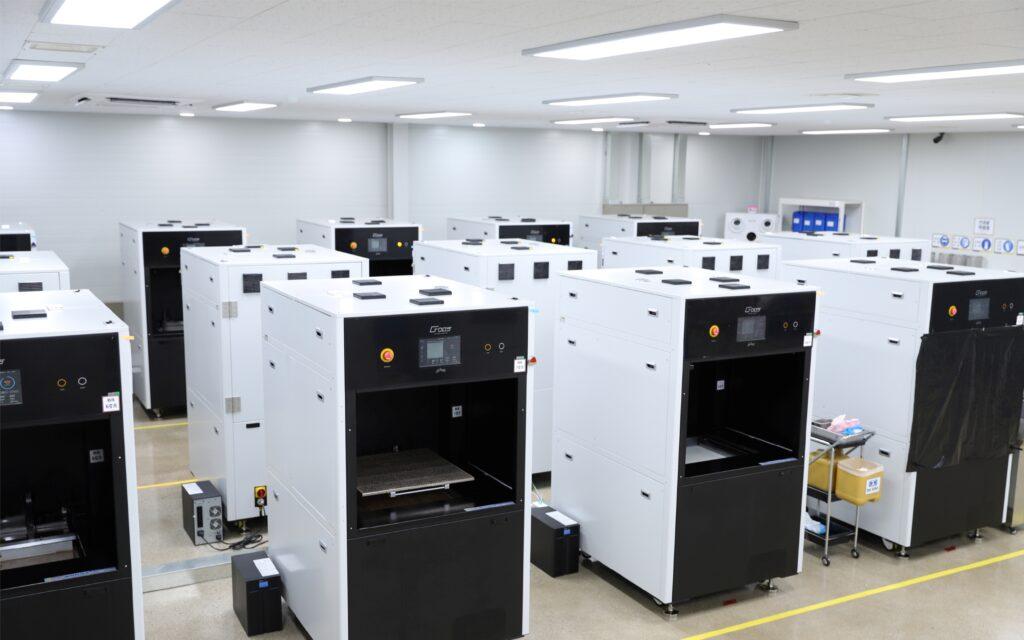
Establishing automated and mass production systems, expanding the 2,000-square-meter factory
GLUCK operates a factory in Paju, equipped with more than 30 SLA-type 3D printers. The entire 3D printing process is remotely managed from the Seoul headquarters. Every step, from uploading 3D model data to delivery, is controlled through MES (Manufacturing Execution System), and 3D Printing is carried out according to the commands uploaded to the internet server.
Drawing on years of accumulated know-how, GLUCK has built customized internal processes tailored to different industries and manufacturing purposes. From hardware and software setup, material setting, 3D printing technology control to washing systems and post-curing conditions, GLUCK has optimized each process based on a vast database. Having a standardized process allows GLUCK to minimize lead times by quickly applying the process of a similar product for new customers.
GLUCK’s strength lies in its automation system and its ability for large-scale output and mass production. The 3D printers owned by GLUCK can produce prints with a maximum size of 2000cm in width and 1000cm in height. Thanks to standardized processes, GLUCK has achieved faster production speeds, such as delivering six to seven sets of refrigerator-sized home appliances and over 1,100 parts in just one week.
GLUCK is planning to expand its current factory site with an additional 2,000-square-meter facility. Moreover, by introducing AGV (Automated Guided Vehicle) and RPA (Robotic Process Automation) technologies, GLUCK aims to enhance automation, enabling robots to automatically move printed materials and proceed to the next task after 3D Printing is complete.
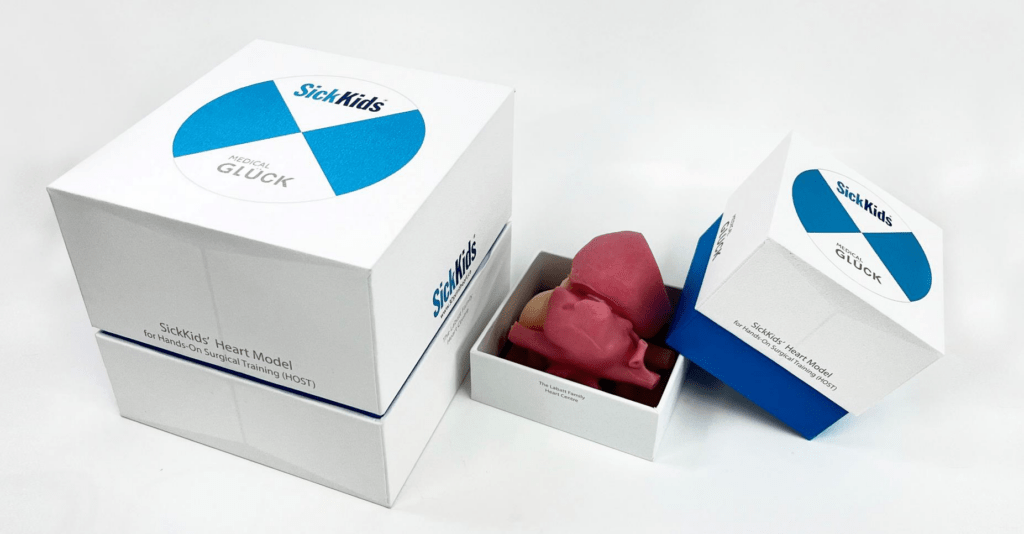
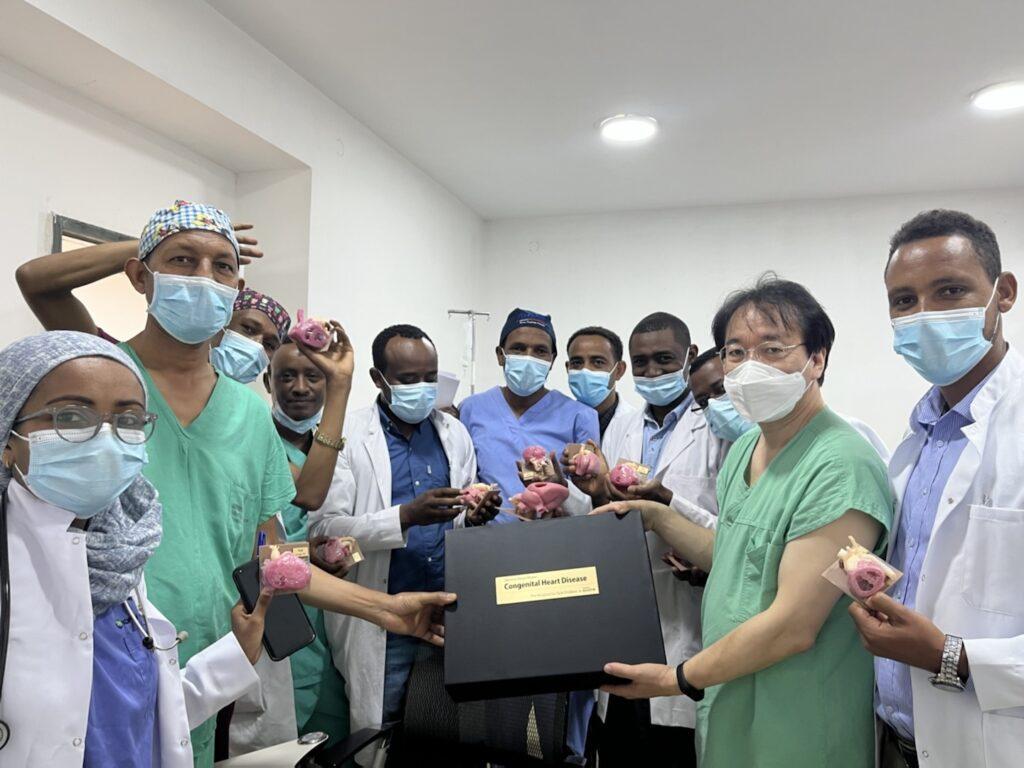
Establishment of a specialized branch ‘GLUCK Medical’ for 3D Printing in the medical field
GLUCK is also recognized as a ‘Maker Space’ company selected by the Ministry of SMEs and Startups. Maker Space refers to spaces created for innovative, creative, and entrepreneurial activities in the manufacturing sector. Especially in 2019, GLUCK was designated as the first private company to be transformed from a ‘general lab’ to a ‘specialized lab.’ Incorporating various technologies, GLUCK applies CT (Computed Tomography) software used for handling CT scan data in hospitals to 3D printing design. The company also utilizes ZBrush, a tool used for realistic expression in the art industry, and special makeup techniques.
In 2021, GLUCK established ‘GLUCK Medical,’ a specialized division dedicated to 3D Printing in the medical field. GLUCK Medical mainly produces prosthetics for organs such as models of organs, eyes, and noses. An example is the successful development of a ‘Heart Simulator’ that can be used for surgical practice, created in collaboration with medical professionals from Seoul National University Hospital.
The technology of GLUCK’s Heart Simulator is recognized globally, with requests for deliveries coming in from 30 countries worldwide. According to GLUCK, in the medical field, where the minimum order quantity (MOQ) for mold production used to be burdensome, more requests for complete product manufacturing through 3D Printing are increasing.
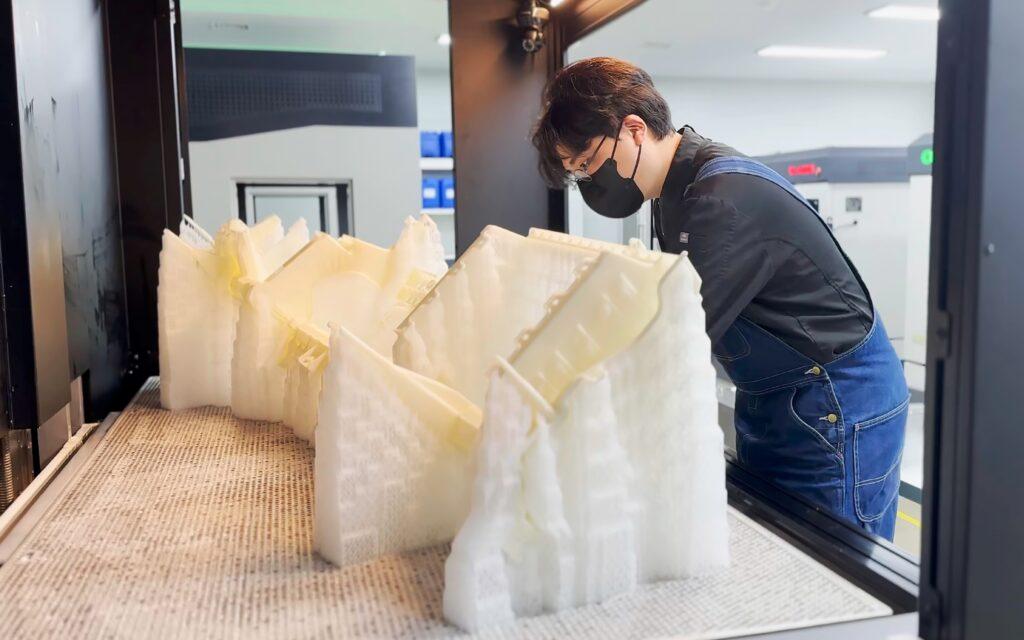
Leading the way in infrastructure development for 3D Printing to become mainstream in manufacturing
CEO Hong Jae-ok mentions that even after operating GLUCK for 10 years, he still finds joy in his work. The excitement of meeting people from various industries through outsourcing 3D Printing and not limiting himself to a specific field is what keeps him going. Despite having already secured many customers, he joined CAPA because he wants to showcase the possibilities of 3D Printing to new customers and those who have used other machining methods.
The future that GLUCK dreams of is to become a ‘3D Printing Company Builder,’ helping products made with 3D Printing and related companies become mainstream in manufacturing. GLUCK, as a leading player in the industry, aims to take the lead in various industries adopting 3D Printing and hopes that this will lead to new businesses. Moreover, GLUCK expressed its ambition to invest directly in related businesses as the infrastructure for 3D Printing becomes more advanced. Below are additional Q&A sessions with CEO Hong Jae-ok.
Q. There are many members with fine arts backgrounds. Is there a special reason for this?
Just like me, people who do art are deeply impressed when they first see a 3D printer. The process of realizing creation into a physical form usually takes a very long time, but a 3D printer can implement it with quality beyond expectations at a rapid pace. People who are fascinated by this innovation often join GLUCK. At one point, over 80% of GLUCK’s members were from art schools. As a result, our quality standards for post-processing, coloring, and finishing are higher than others.
Q. Were you interested in mass production from an early stage?
We had already conceived of an automation system when we built the first factory in Paju in 2021. In the future, RPA (Robotic Process Automation) will become even more important because we are dealing with mass production based on automation systems. (Despite technological advancements,) many people still need to learn if mass production is possible with 3D Printing. Also, to mass-produce with 3D Printing, processing and design methods need to change (‘3D printable’) to be suitable for 3D Printing. We guide people through these aspects with DfAM (Design for Additive Manufacturing) consulting.
Q. Although you already have many customers, why did you join CAPA and start activities this year?
It’s great to have a platform where you can meet new customers. CAPA is a unique manufacturing platform in Korea, and I have been exposed to a lot of information by watching various content that explains different machining methods. I want to meet various startups and show the potential of 3D Printing to those who have used different machining methods before.
Q. The CEO and all employees are enjoying their work. What is the driving force?
My driving force is meeting people and trying new things in new fields. One day, I went to a hospital, the next day to a car company, and then met artists. I try everything that can be done with 3D Printing. I’m even wearing shoes and glasses made with 3D Printing, and a few days ago, I started teeth correction using 3D printing technology. Even after 10 years, I find it so interesting that I’m working hard.
Q. Are there plans for overseas expansion?
We plan to establish a factory in the United States in 2027 by further enhancing the current automation system. We have gained confidence in the possibility of overseas expansion by receiving good feedback from customers who have commissioned products in the United States. Last year, we also went on a survey trip to the United States with our employees. The time will soon come when 3D printing will play a ‘game-changer’ role in manufacturing.
Also Read,
- Building Trust through Communication: Success Story of 3D Printing Partner ‘iContact’ on CAPA Platform
- UMTR Teams up with CAPA to Pioneer Localization of Biomembranes & Shape the Future of the Bio-Industry
- ZEEZIK Addresses LP Infrastructure Gap with Partnership with CAPA and Attracts MZ Generation
- Online Manufacturing Platform CAPA Partners Thrive at NextRise 2023, Showcasing the Future of Manufacturing
- Fuelling the Future: Young Korean innovators propel Rocket manufacturing with online support from CAPA
Keep tab on latest news in the Korean startup ecosystem & follow us on LinkedIN, Facebook, and Twitter for more exciting updates and insights.


